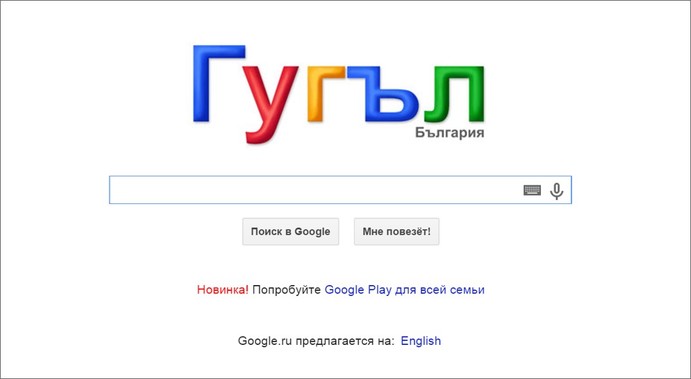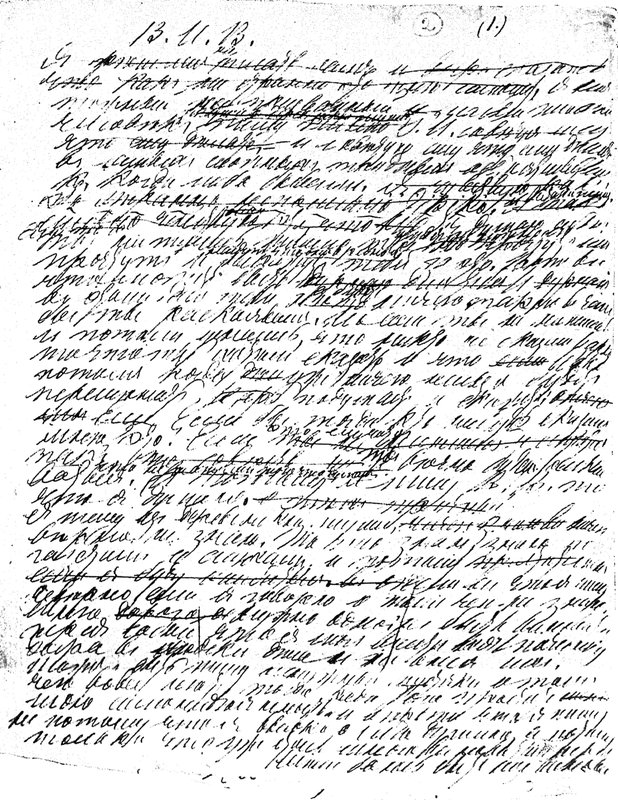This is "GOOGLE" in the Cyrillic alphabet. Pretty much sums up how cryptic it can be.
Ok, so why couldn't they just use the Roman (Latin) alphabet which was derived from the Greek alphabet in 700BC? Well, simply because the 5 vowels and 21 consonants weren't sophisticated enough! The Slavic languages and dialects spoken in what is known as Russia today demanded more subtlety.
So St. Cyril, a Byzantine monk and his disciples created a new alphabet in the 10th century to cater for this. They based it loosely on the Greek alphabet and created a few more letters to complete the full spectrum of "ah's, uh's and ya's". The Cyrillic alphabet, named in his honour, today contains 33 letters - 10 vowels, 21 consonants and 2 signs (hard and soft). It's the two signs which make things tricky because almost all letters can have a hard and soft pronunciation denoted by the hard/soft sign, and therefore there are about 60 different sounds which could result.
Sounds scary huh? Well, it is. But with some back-to-school cramming, the alphabet can be learnt quite quickly. I spent an afternoon in a cafe repeatedly copying the letters, with the Roman equivalents next to them. After an hour or so of scribbling, it was more or less memorised. It helps if you split up the vowels (harder) and the consonants (easier). Imagine my jump-for-joy elation when I translated my first word "меню" - MENU!
After more practice translating "пицца пепперони" into "pizza pepperoni", I ventured out into the street and it was like I was given a new pair of eyes. Suddenly the street signs made sense and I could relate them to the maps which were giving me so much trouble earlier. Was it worth a rainy afternoon's effort? Definitely. Highly recommended to anyone visiting Central Asia, Russia and the surrounding area. The Cyrillic alphabet is used by 250 million people in the region and is the 3rd most popular alphabet in the world, just behind the Arabic script.
Here are some helpful resources for learning Russian as well. It is after all the lingua franca round these parts.
| russian_for_dummies_(2006).pdf |
https://thepiratebay.la/torrent/4296321/Foreign_Service_Institute_Russian_FAST_Course
The first is a pdf of Russian for Dummies. Helpful, but not super in my opinion.
The second is a link to download the US Foreign Service Institute's FAST course for Russian. They use courses like these to train their foreign diplomats and ambassadors. It includes really great audio files too.
The Cyrillic alphabet and the Roman letter equivalents.
So all is good? Well, yes. Until you come across handwriting. Which is on an entirely new level of indecipherable. This is one of Leo Tolstoy's letters.
.
.
.
.
.
.
.
.
.
.
.
.
.
.
.
.
.
.
GOOD LUCK!!



